THE CHURCHS MOST POWERFUL NOVENAS

Nihil Obstat: Fr. Michael Heintz
Censor Librorum
Imprimatur: John M. DArcy
John M. DArcy
Bishop of Fort Wayne-South Bend
July 31, 2006
The Nihil Obstat and Imprimatur are official declarations that a book or pamphlet is free of doctrinal or moral error. No implication is contained therein that those who have granted the Nihil Obstat or Imprimatur agree with the contents, opinions, or statements expressed.
The Scripture citations used in this work are from various translations, including the New Revised Standard Version Bible, Catholic Edition, 1989 and 1993 by the Division of Christian Education of the National Council of the Churches of Christ in the U.S.A., used by permission of the copyright holder; all rights reserved.
The publisher and author are grateful to the foregoing and to other copyright holders for the use of their material in this book, including novenas used at shrines highlighted in this work.
Other than minor conventional adaptations, the excerpts used in this work have been transcribed verbatim, accounting for a number of stylistic inconsistencies. If any copyrighted materials have been inadvertently used in this work without proper credit being given in one form or another, please notify Our Sunday Visitor in writing so that future printings of this work may be corrected accordingly.
Copyright 2006 by Our Sunday Visitor Publishing Division,
Our Sunday Visitor, Inc. Published 2006
15 14 13 12 11 3 4 5 6 7 8
All rights reserved. With the exception of short excerpts for critical reviews, no part of this book may be reproduced in any manner whatsoever without permission in writing from the publisher. Write:
Our Sunday Visitor Publishing Division
Our Sunday Visitor, Inc.
200 Noll Plaza
Huntington, IN 46750
ISBN: 978-1-59276-097-8 (Inventory No. T149)
LCCN: 2006930777
Cover design by Tyler Ottinger
Interior design by Sherri L. Hoffman
Interior art courtesy of Our Sunday Visitor (Kevin Davidson et al.)
PRINTED IN THE UNITED STATES OF AMERICA
For my mother, Barbara Dubruiel, who was the first person to pray this prayerbook. May everyone who picks it up follow her example.

CONTENTS

FOREWORD

Novenas
As I was working on this foreword during a pilgrimage to Lourdes, someone asked me what I was writing about. When I answered, Novenas, the response was, Are they making a comeback?That got me thinking. What is making a comeback is personal prayer or, as it is sometimes called, private prayer. Despite the direct advice of Our Lord (Mt. 6:4-6) that when we pray we should go into our room and shut the door and pray to Our Father in secret, private prayer had become a bit of a no-no in recent decades another aspect of the decline of Catholicism. This particular decline began innocently enough, with the emphasis on liturgical prayer over private prayer. If there was any imbalance in favor of private prayer, it was because most people only minimally participated in liturgical prayer. (Recall the eighteen-minute Mass in what was euphemistically called Latin and you will know why the faithful didnt participate.) Soon, liturgical participation tended to be all-consuming and frequently was devoid of any expression of inner involvement. Solemn Latin hymns which invited you to prayer and recollection even if you did not know exactly what the words meant gave place to songs, some of which sounded as if they were written by Gilbert and Sullivan or Spike Jones.
In reaction, an interest in totally private and unstructured meditation came to fill a void; but often, this was merely a process of psychological recollection rather than the experience of private prayer and devotion. The Charismatic experience also came to fill the void left by the complete banishment of devotional prayer, private and public, from parish life. The Catholic Charismatic experience offered a whole range of devotional prayer liturgical and private including praise, thanksgiving, repentance, and intercession. But the enthusiasm of this movement was not everybodys cup of devotion.
To take the place of devotional prayer including Eucharistic devotion to the personal presence of Christ and to replace popular novenas, a sort of Protestant service called the Bible vigil was contrived, with goodwill but no appreciation of devotion at all. Mercifully, this contrivance was so reminiscent of the boring services held on Wednesday nights at the local evangelical tabernacle that it died a quick death. Most younger Catholics have at least heard of novenas, but none of them know what a Bible vigil is.
The incredible and growing popularity of the Eucharistic Holy Hour, in the face of stiff opposition, signals the beginning of a new era in Catholic religious life. As a psychologist interested in things spiritual, I can only offer grateful thanks to the Lord; the religious experience of many Catholics was beginning to resemble a state of chronic anemia, and the resultant atrophication of members of the Church started to look like a situation best described as chronic religious leukemia.The voice of the people of God is being heard at last over the whirr of the duplicating machines.
Younger Catholics, despite a generally dreadful religious education, are looking for an integrated expression of faith mind, heart, body, and soul with all their needs expressed. Scripture, until recently so much the province of an extreme rationalistic and intellectualized approach, is now beginning to be studied for what it has to say to the individual. In Europe (especially in France, but spreading everywhere), youthful enthusiasm joins reverential liturgical ceremonies filled with an awareness of the Eucharistic presence, with Scripture and personal prayer what we used to call Eucharistic devotions. Joined to this is contemporary religious music inspired by the classical forms of the past. As I write these lines, my mind is filled with the magnificent music of the young people of the Jerusalem community whom I heard singing in a French cathedral yesterday.
With all this going on, it is no surprise at all to learn that novenas are coming back, too. The task now is to make sure that they return intelligently that is, in a way consistent with Scripture and good theology. Hopefully, this book will help to fill that need.
History of Novenas
Novenas are prayers of devotion that are offered for nine days (or some other period of time with a factor of nine).They had their origin in ancient Rome as times of prayer for the dead over a nine-day period and were, essentially, prayers of mourning and commendation of the soul to the mercy of God. I have participated in this kind of novena many times, held by the Puerto Rican people after the death of a dear one.
In the early Middle Ages, novenas became ways of preparing for great liturgical events, especially Christmas. One novena became linked to the antiphons of Vespers, which begin with the vocative O nine days before the celebration of Christs birth. We recognize this custom from the Advent hymn O Come, O Come, Emmanuel, which in fact is the first antiphon of this novena.
This novena may have been related in peoples minds to the nine months that the infant Savior remained in his mothers womb. For this reason, novenas began to be associated with Our Lady, particularly in France and Spain. A bit later, the novena became associated with the nine days from Ascension to Pentecost. This kind of prayer had the advantage of a strong scriptural foundation. Indeed, without knowing it as such, the Apostles made a novena of prayer while waiting for the Holy Spirit.
Next page

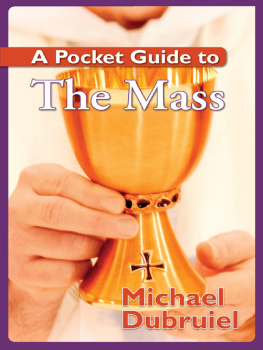
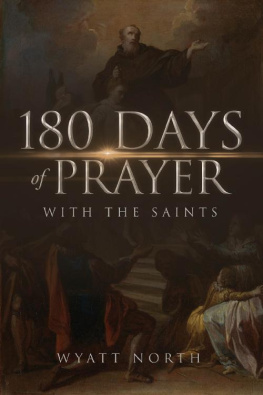
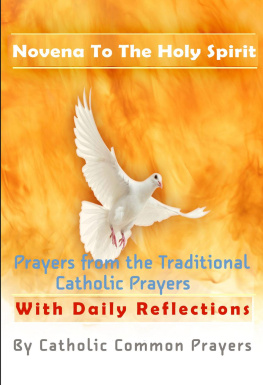
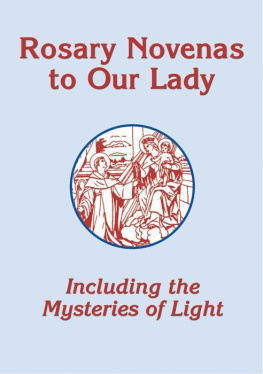
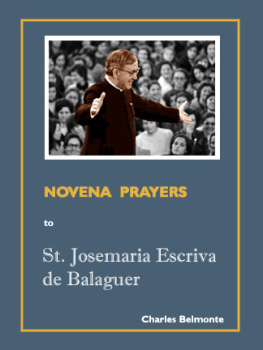
![St. Alphonsus Liguori - Visits to the Blessed Sacrament (with Supplemental Reading: Novena of Holy Communions) [Illustrated]](/uploads/posts/book/269658/thumbs/st-alphonsus-liguori-visits-to-the-blessed.jpg)
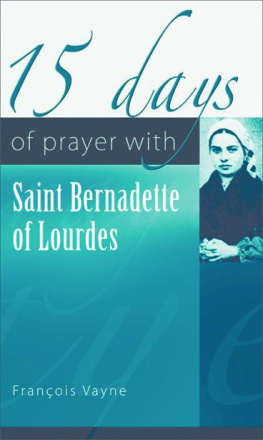
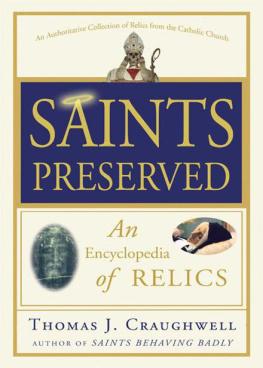
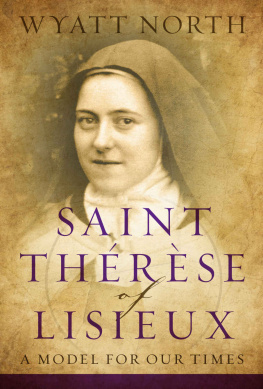
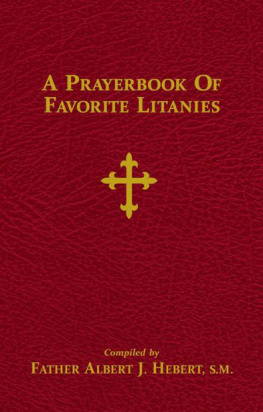

 John M. DArcy
John M. DArcy